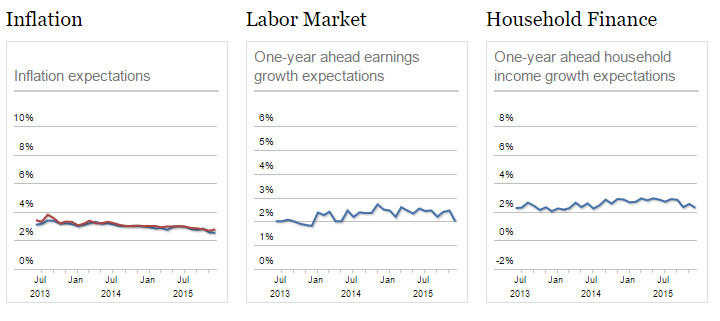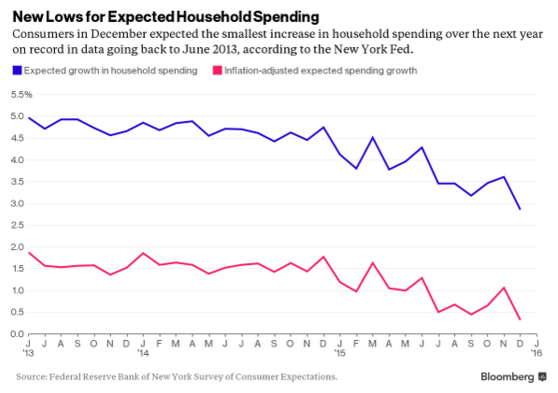A bit of growth in the EU supported by the low euro from the CB euro selling and consequent trade/current account surplus. However, without ECB euro selling the fundamentals will inevitably firm the euro until that growth component ceases. But meanwhile, watch for signs of ECB hawkishness: Ever so slowly, the euro zone economy awakes By Jeremy GauntJan 10 (Reuters) — Economic growth was running at an annual rate of 1.6 percent in the third quarter, roughly twice the average annual growth rate between 2003 and 2014 (itself dragged down by the sharp contraction of 2009). Unemployment has been falling fairly steadily. It was at 10.5 percent in November, which is high, but the lowest in more than four years and well below the 12 percent of 2013. In the first half of 2015, for example, big gun Germany’s export growth to China fell to just 0.8 percent and engineering exports shrank by 4.9 percent. Yet German gross domestic product (GDP) growth was running at 1.8 percent at last count even with the slide.
Topics:
WARREN MOSLER considers the following as important: Uncategorized
This could be interesting, too:
tom writes The Ukraine war and Europe’s deepening march of folly
Stavros Mavroudeas writes CfP of Marxist Macroeconomic Modelling workgroup – 18th WAPE Forum, Istanbul August 6-8, 2025
Lars Pålsson Syll writes The pretence-of-knowledge syndrome
Dean Baker writes Crypto and Donald Trump’s strategic baseball card reserve
A bit of growth in the EU supported by the low euro from the CB euro selling and consequent trade/current account surplus. However, without ECB euro selling the fundamentals will inevitably firm the euro until that growth component ceases. But meanwhile, watch for signs of ECB hawkishness:
Ever so slowly, the euro zone economy awakes
By Jeremy Gaunt
Jan 10 (Reuters) — Economic growth was running at an annual rate of 1.6 percent in the third quarter, roughly twice the average annual growth rate between 2003 and 2014 (itself dragged down by the sharp contraction of 2009). Unemployment has been falling fairly steadily. It was at 10.5 percent in November, which is high, but the lowest in more than four years and well below the 12 percent of 2013. In the first half of 2015, for example, big gun Germany’s export growth to China fell to just 0.8 percent and engineering exports shrank by 4.9 percent. Yet German gross domestic product (GDP) growth was running at 1.8 percent at last count even with the slide.


